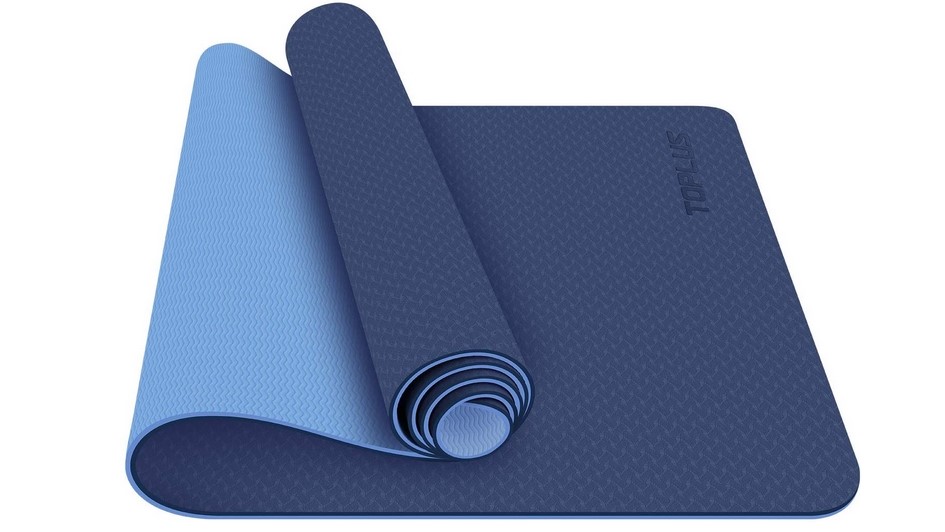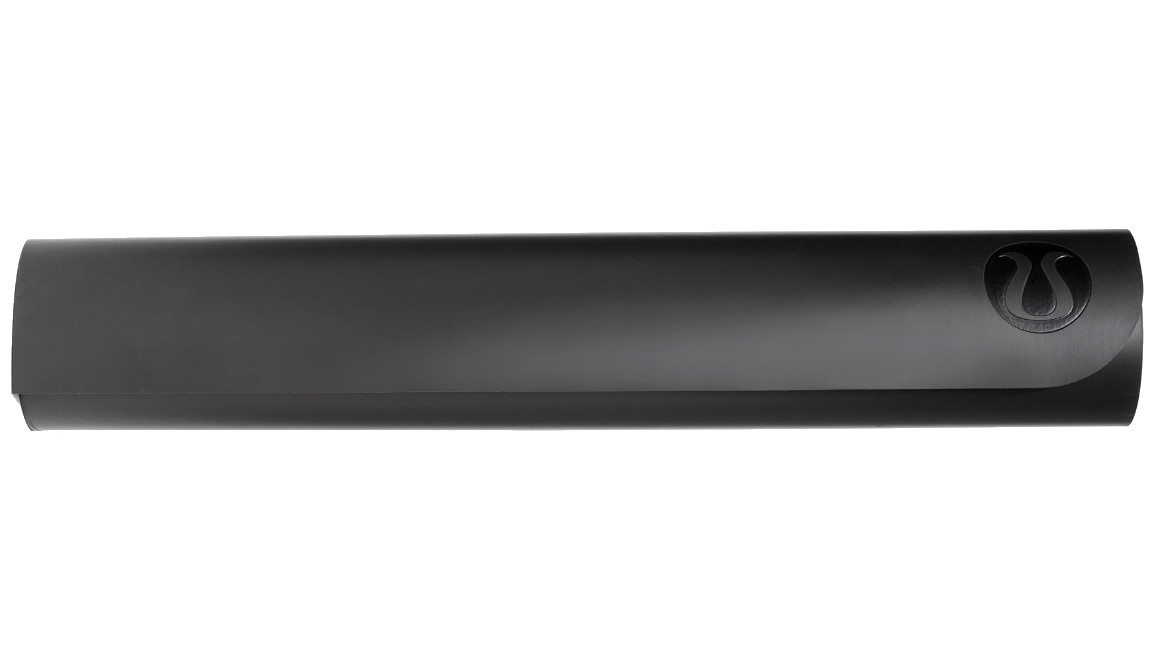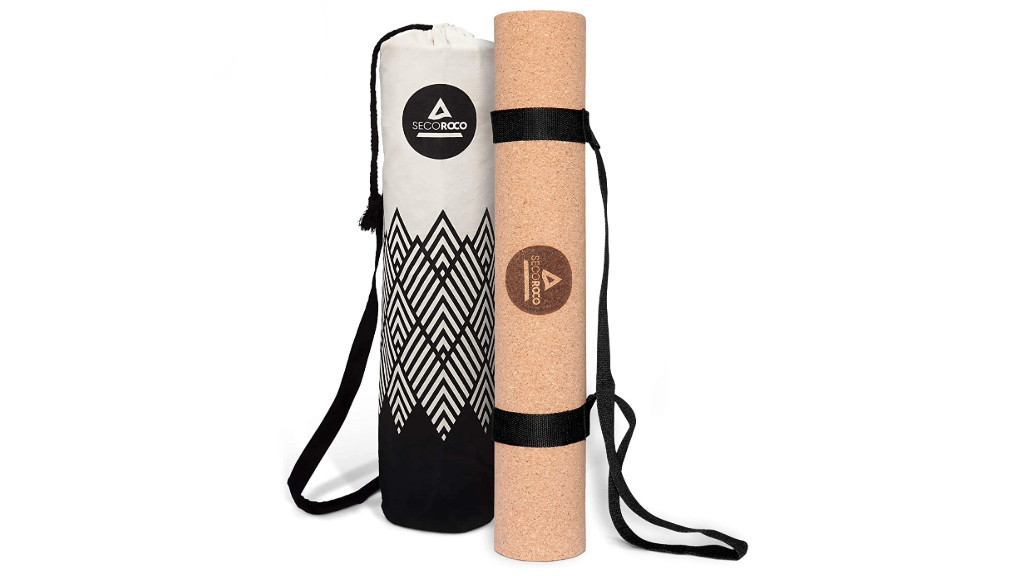How to clean your yoga mat
Practicing yoga can be a great way to build strength, feel more flexible and focus on your breathing, and while choosing the right yoga mat is vital for your yoga style, knowing how to choose yours is just as important clean best yoga mat.
As most of us exercise, we sweat, we shed skin and leave dirt on our yoga mat – and like any other surface, it can accumulate over time – becoming dirty and shortening its lifespan. Bacteria and viruses can also live on surfaces if they are not properly cleaned or stored.
Some yoga mats can be machine washed depending on the material, while others are more delicate and require special products to be applied to them. So how often should you clean your yoga mat and does it matter what you clean it with?
Laura Pearce, Yoga and Breathing Instructor and Founder of Kin Yoga Mats (opens in new tab) gives her expert advice on how to clean your yoga mat, depending on what mat material you have, while head trainer Gede Foster at Fitness app FiiT (opens in new tab) explains why and how often you should clean your yoga mat to prevent disease and bacterial growth.
Why should you clean your yoga mat?
A nice sheen of sweat is the product of a tough yoga class, and with every bead of sweat on your yoga mat, bacteria builds up on your mat.
Foster says that cleaning your mat regularly not only keeps it hygienic but also helps your practice.
“If you practice it several times a week, especially stronger yoga practices like power yoga, where you sweat more and make contact with your hands, feet and body on the mat, this could be a home for bacteria and fungus.
“All the sweat and bacteria will soak into the mat and over time it can start to smell. On the other hand, when sweat and bacteria build up, the surface of the mat can be less grippy, which is less than ideal when trying to hold a downward facing dog or lunge.”
If you use a yoga mat in a professional studio, the mats are likely to be thoroughly cleaned between each practice. Foster says you should apply the same principles at home.
“When you use your mat at home, people often neglect a regular cleaning process, but if you want to prevent the spread of germs, you need to wipe it down after every class. Remember how many surfaces you touch over the course of a day, you sweat and still work hard at it, so you and your mat deserve the same cleanliness routine.”
How often should you clean your yoga mat?
It’s a good idea to quickly wipe down your mat after each workout, even if you didn’t sweat a lot during class.
But how often should you clean it thoroughly? Foster explains, “If you use your mat a couple of times a week, a monthly deep clean will do the trick. If you use it more often, it’s a good idea to clean it more regularly depending on the intensity of your workout.”
Some mats can be cleaned in the washing machine. “There are many different types of mats and the materials will affect how you clean them. It’s always the best idea to check manufacturer guidelines,” explains Pearce.
“A solid rubber mat can be machine washed cold or gently. However, only do this occasionally when it needs a full refresher – as it will wear down the mat much faster.”
Storage of the mat is also important. Pearce says: “Keeping loosely rolled up in a well-ventilated area is the best choice for keeping bacteria at bay.”

Foam Mats: The Best Products and Cleaning Techniques
Foam mats are the least environmentally friendly, but they are very cheap. However, as Pearce explains, the low price also means they can be some of the most delicate mats, so care should be taken when cleaning.
“Foam mats are probably the most ‘porous’ and spongy, so they absorb the most liquid and take a while to dry out – I would wipe these mats clean with fitness towels and be relatively gentle on them as they are fragile.”
Never roll them up when they are even slightly damp or they will breed bacteria due to their porous nature. If your mat stinks, a thorough but gentle cleaning with antibacterial wipes is long overdue.

Rubber Mats: The Best Products and Cleaning Techniques
Rubber mats can be a bit sturdier and last longer, allowing you to be rougher on the cleaning. Although eventually they start to break. Pearce recommends spraying rubber mats with either a diluted antibacterial spray or a homemade solution of lemon, vinegar or baking soda, and wiping away any excess with a sponge or cloth after spraying.
Foster also explains that rubber mats differ from foam mats because they often have an open cell structure, and that means you shouldn’t use too much water when cleaning.
“They can get heavy and clogged,” she says, “so you should also be careful when using essential oils or chemicals on them as it can break down the surface materials.”

Bamboo Fiber and Cork Mats: The Best Products and Cleaning Techniques
Bamboo and cork mats, which some brands are now targeting to make their yoga mats more sustainable, are great for the environment, but natural materials can be more fragile than manufactured rubber when it comes to keeping them clean, though not always so fragile like cheap foam.
“Natural plant fiber mats like bamboo and cork are pretty good at being bacteria resistant,” Pearce says, “but wear out the quickest and tend to lose their grip easily, so care must be taken, use a soft sponge and gentle technique .” Slightly soapy water applied with the sponge should wipe the mat easily.
However, Pearce warns: “Sometimes mats marketed as bamboo are actually only 25% bamboo fiber, so take care and treat it like you would a foam mat.”